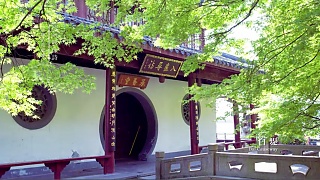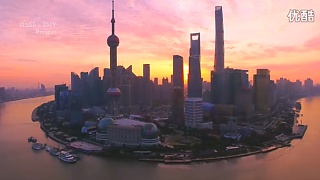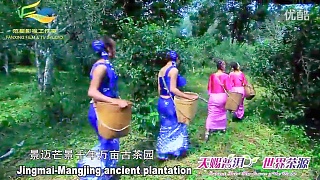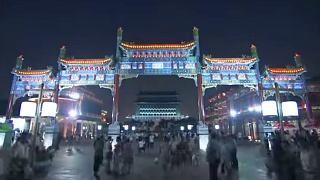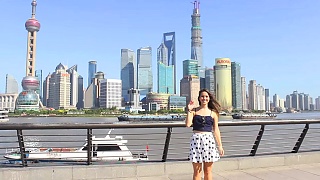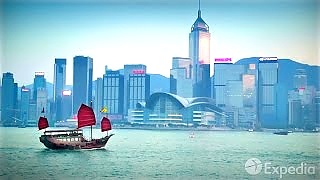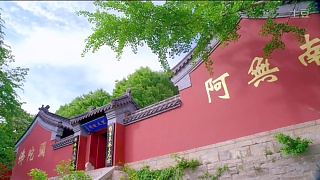GuiZhou is a mountainous province in south China, known for its awesome scenery, ancient rural villages and diverse ethnic cultures.
GuiZhou borders SiChuan and ChongQing to the north, YunNan to the west, GuangXi to the south and HuNan to the east. The provincial capital is GuiYang.
Many Chinese ethnic minorities have been living in this region for many centuries; these include the Miao, Yao, Yi, Qiang, Dong, Zhuang, BouYei, Bai, TuJia, GeLao and Sui.
[640],shadow=true,start=,stop=
 A guide to beautiful GuiZhou 贵州 province
A guide to beautiful GuiZhou 贵州 province